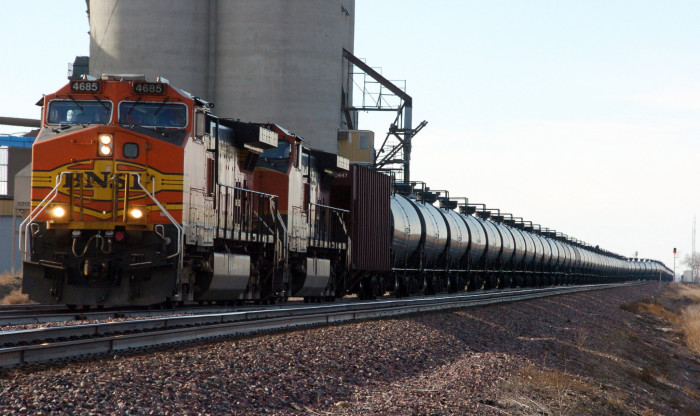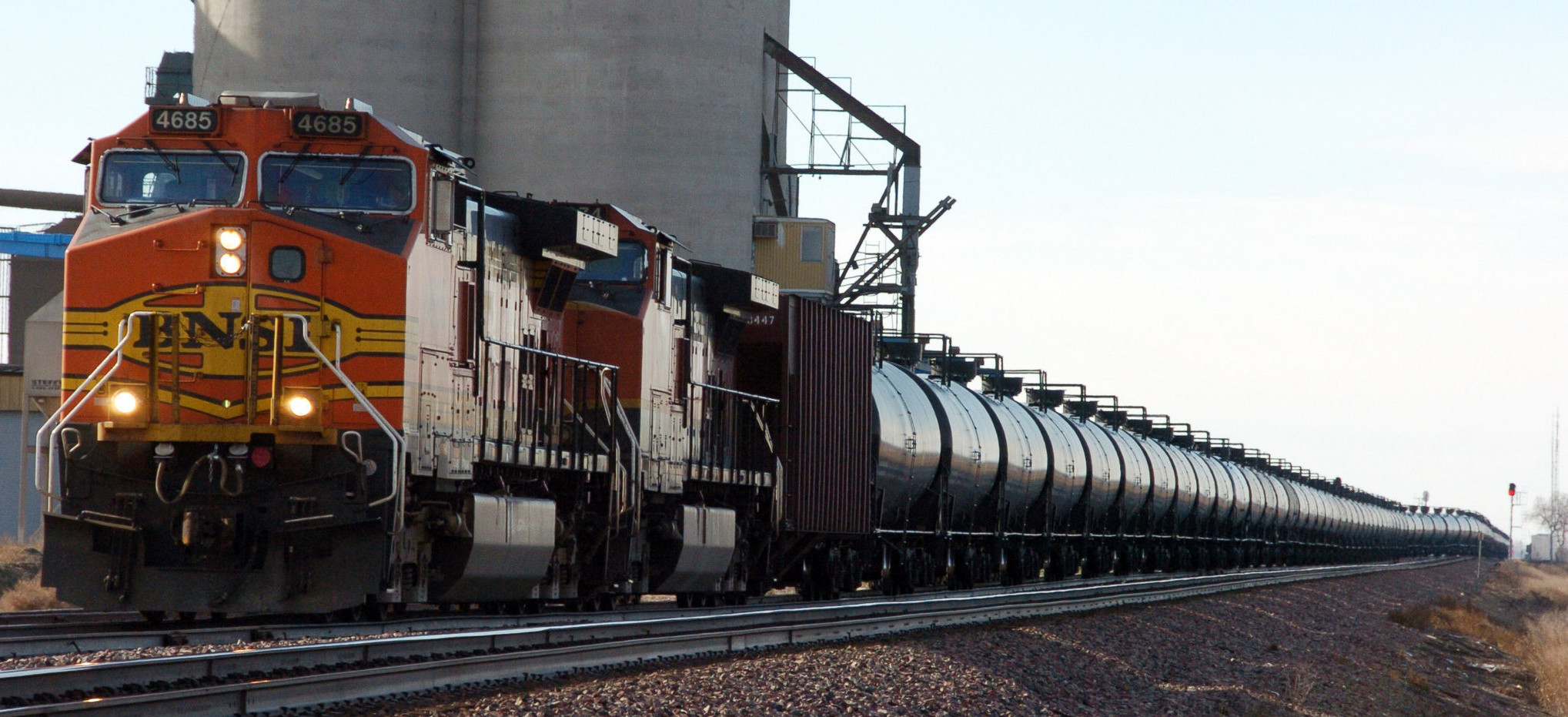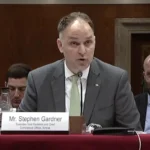Amtrak’s OTP is Mostly AOK.
Well, of course, when it comes to On Time Performance, there’s always room for improvement and, with a few of the long-distance trains, there’s still room for a LOT of improvement.
But think back two or three years. Remember? Amtrak was struggling with chronically late trains, especially the long-distance trains running in and out of Chicago. And “late” didn’t adequately describe the situation. The worst offender, almost on a daily basis, was the Empire Builder, which runs daily in both directions between Chicago in the east and both Seattle and Portland on the West Coast. Day after day, week after week, more often than not the Builder would arrive at its destinations as much as eight, nine or ten hours late.

The causes for this ongoing travelers’ nightmare almost always boiled down to congestion caused by heavy freight traffic. That was especially true on the Empire Builder’s route where the oil boom resulted in 10 to 12 times the normal number of 100-car oil trains carrying crude oil from North Dakota to refineries all over the country.
But—Lordy, Lordy!—how things have changed. Take a look at the latest On Time Performance numbers for some of Amtrak’s long-distance trains, averaged over the past twelve months:
California Zephyr – 73.6%
City of New Orleans – 83.4%
Coast Starlight – 86.3%
Empire Builder – 88.2%
Lake Shore Limited – 78.3%
Southwest Chief – 87.9%
Did you note the train with the best OTP of all? It’s the much maligned Empire Builder! All is not fine and dandy across the board, however. Two examples are the Crescent (New Orleans to New York City), which is late a little more than half the time, and the Silver Meteor and the Silver Star (Miami-New York City). Together, only 49% of their trips manage to arrive on time.
There are a myriad of reasons why any given train is late: heavy freight traffic is the most common but, despite their protestations to the contrary, dispatchers for the freight railroads often give priority to their trains and, once an Amtrak train is no longer running in the “slot” created for it, things tend to go from bad to worse.
Nevertheless, it is, as they say, a “true fact” that Amtrak’s OTP has improved considerably. Let us all hope it stays that way.





I just took the City of New Orleans from Chicago to NOLA. We arrived in New Orleans yesterday 45 minutes early!
The reality is, Amtrak’s on time performance has improved dramatically.
I recently rode the Texas Eagle from Chicago to San Antonio and it arrived a few minutes early. On the way back to Chicago it arrived 45 minutes early!
I know for a fact, the FL train delays, are for the most part happening in Florida. They follow behind the Tri-Rail commuter trains in both directions, & there the delays begin, both directions. There is also a bottleneck between Savannah & Jacksonville causing issues, north & southbound. You know the old saying, “late trains just get later.”
Jim what is defined by AMTRAK for being on time? Less than 30 minutes at final destination or is it measured for a specific time at each stop along a route. Thanks, awesome blog! I just discovered and it is one of my favorite reads every evening.
You’re absolutely right–a train completing a route of more than 500 miles is considered to be on time if it arrives less than 30 minutes after its scheduled arrival time … even though it might have been 90 minutes late at one of the stops along the way and made up an hour because of padding in the schedule. Thanks for pointing that out. I should have added something about on-time tolerances in the post.